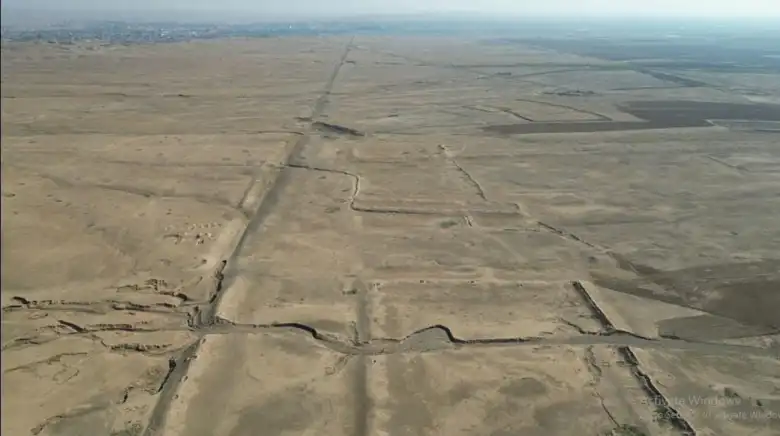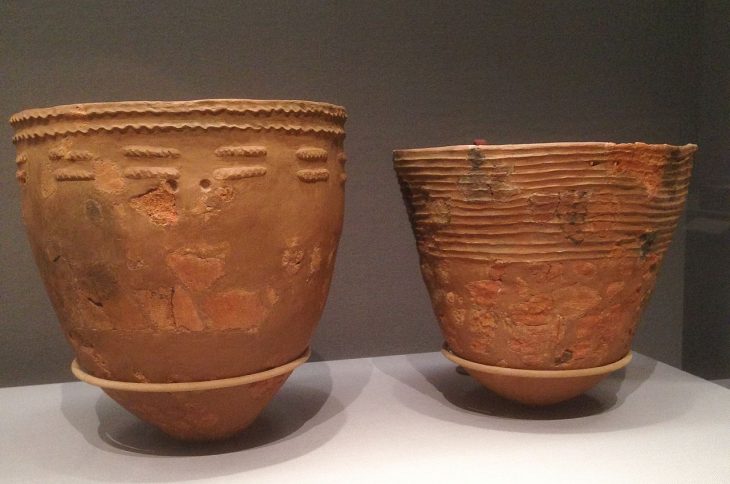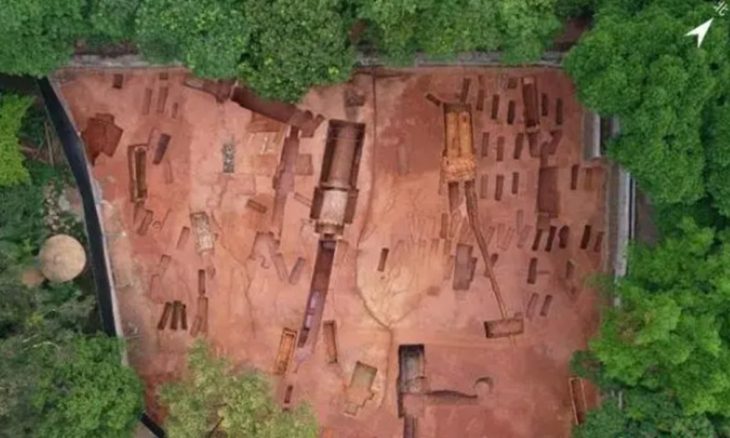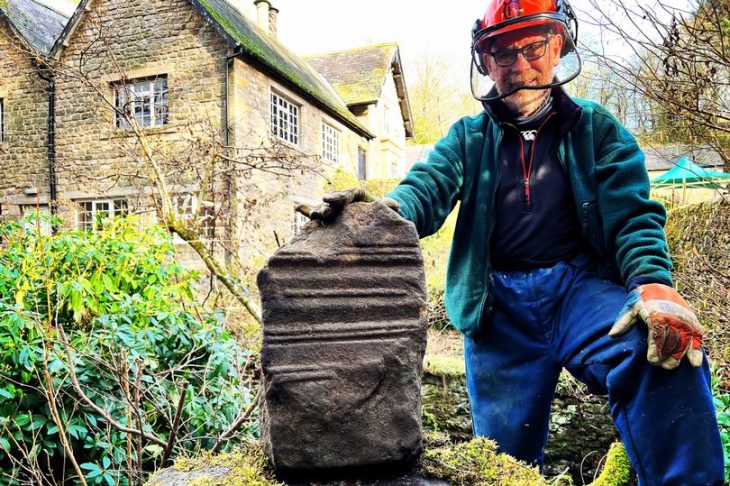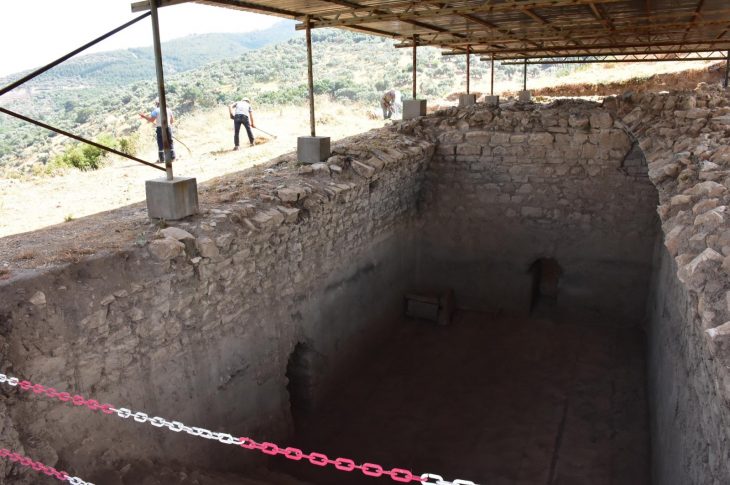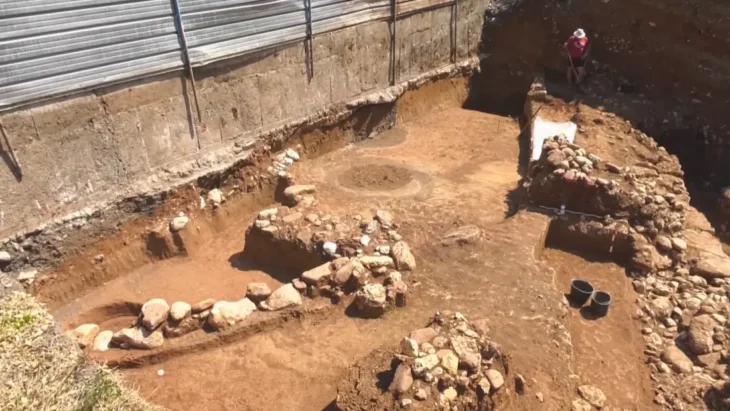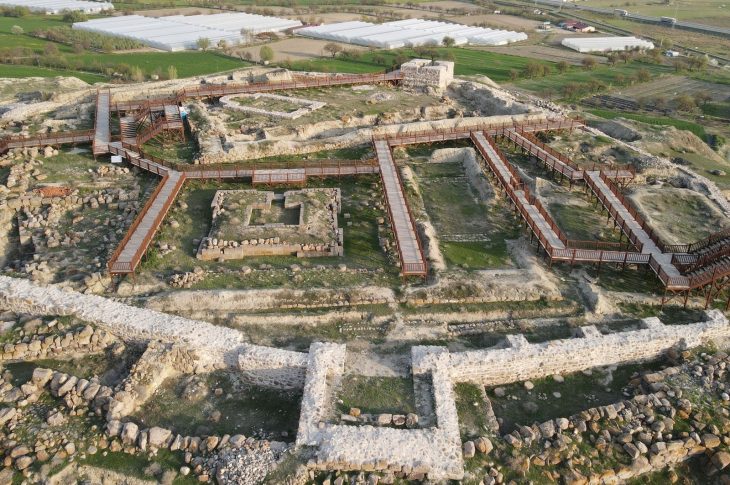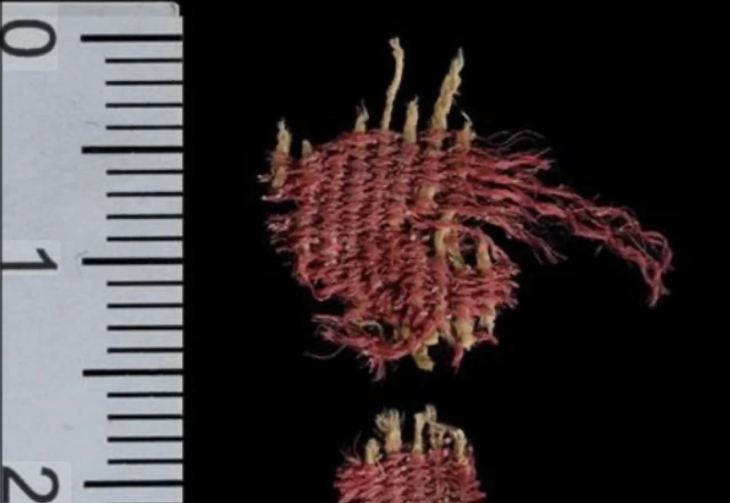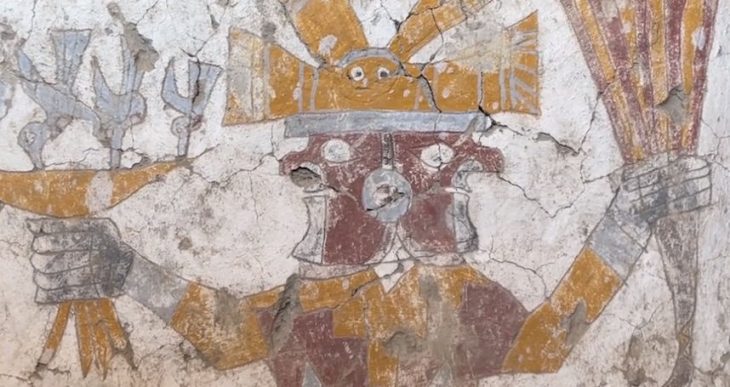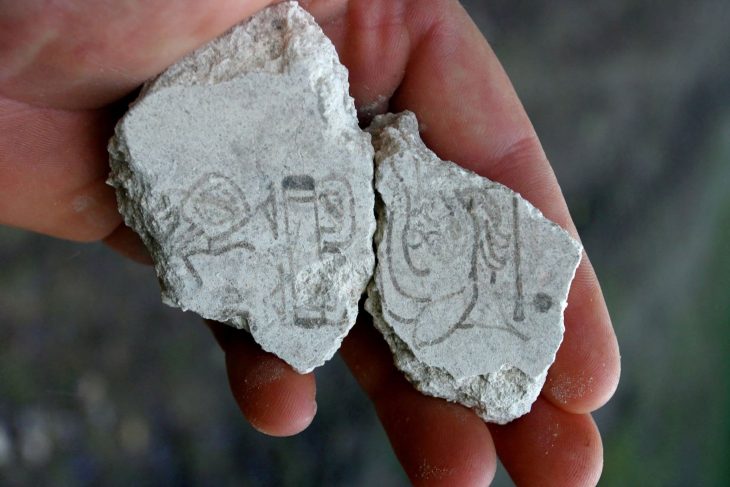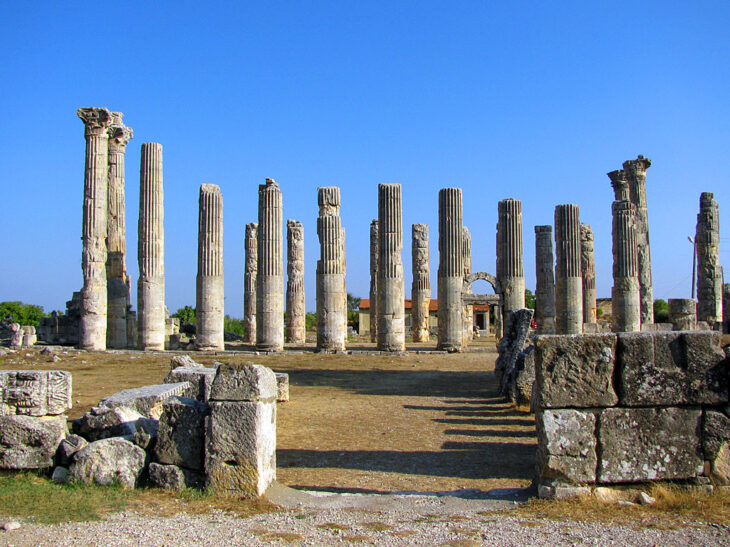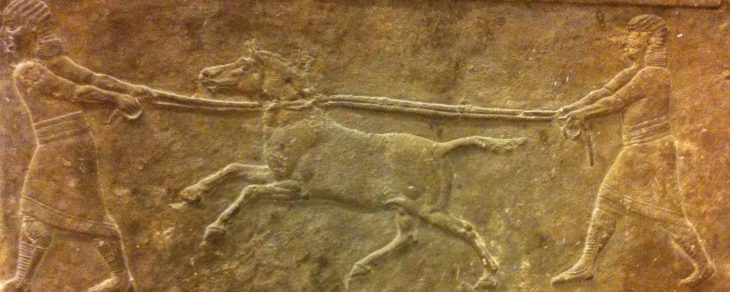The Iraqi State Board of Antiquities and Heritage (SBAH) has announced the discovery of the boundaries and various structures of the ancient city of Jalula.
Professor Ali Obeid Shalgham, Director-General of the Directorate of the Iraqi State Board of Antiquities and Heritage (SBAH), stated that the exploration process lasted several months and was overseen by researcher Ahmed Abdul Jabbar Khamas from the Antiquities and Heritage Inspection of Diyala.
Determining the limits of the ancient city of Jalula, which is situated north of the Diyala province and was the site of the well-known battle between Muslims and Sasanian Persians, was the primary objective of this endeavor.
Jalula was a strategically important location with routes leading to Iraq, Krasan, and Azerbaijan. It is worth noting that this ancient city should not be confused with modern Jalula, founded in 1958, which is on the opposite bank near the village of Bahiza.

The Sasanians chose it as the best place to settle and resist Islamic armies’ advances, especially after the fall of Dastagird (Daskara) near Shahban in 628 AD.
The Battle of Jalula was fought between the Sassanid Empire and the Rashidun Caliphate (AD 637). The Caliph Umar plan was first to clear the way north before any decisive action against Tikrit and Mosul and he appointed Hashim ibn Uthba to the expedition to Jalula. The Persian forces at Jalula were commanded by General Mihran.
Almost every Arab historiographer provides information about “the great battle” of Jalula. In fact, the famous Arab historian Khalifah ibn Khayyat, calls this war the victory of victories.

Shalgham, said: “Archaeological survey operations are ongoing and also contributed to the discovery and recording of a number of archaeological sites and settlements from the history of the country.”
This archaeological find offers a deeper understanding of the historical events that shaped ancient Jalula and its strategic significance in the larger historical context, in addition to illuminating the region’s rich past.
State Board of Antiquities & Heritage of Iraq
Cover Photo: Iraq State Board of Antiquities and Heritage

